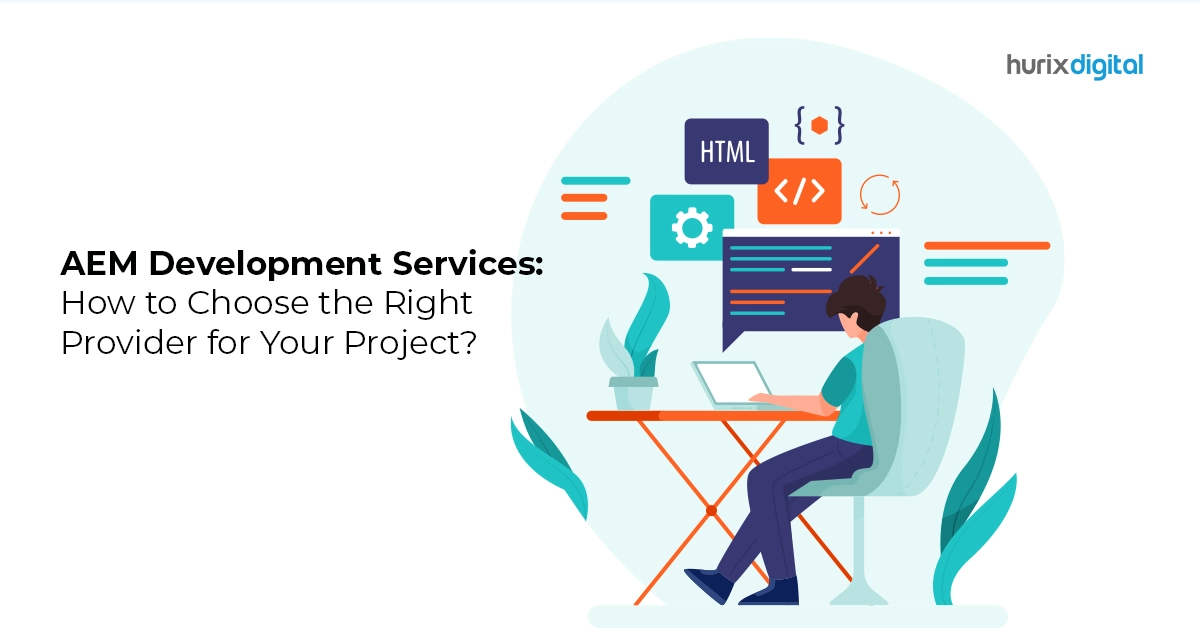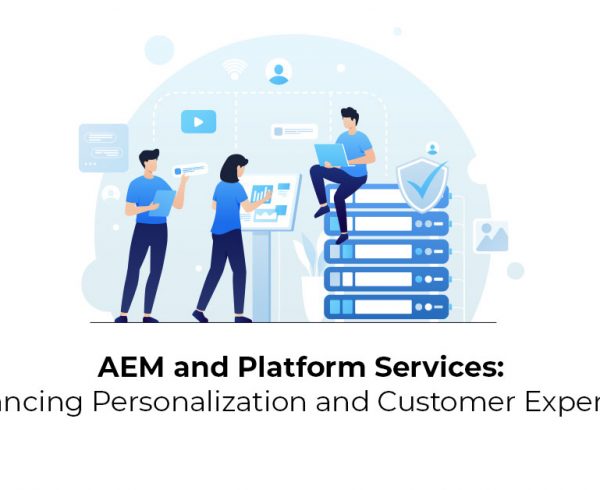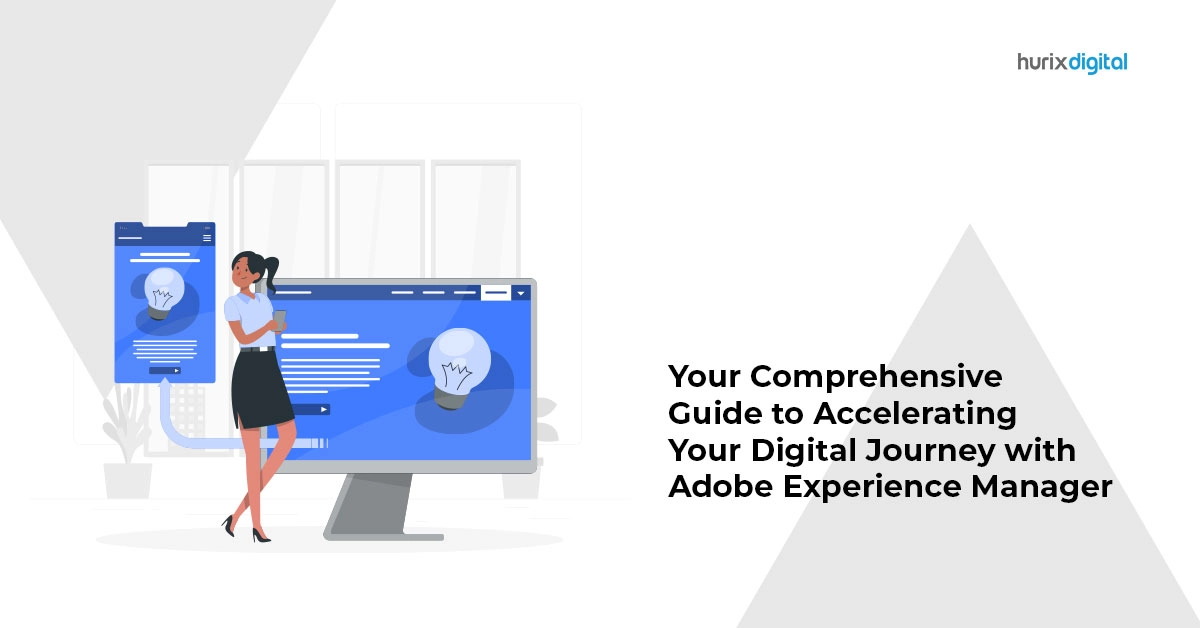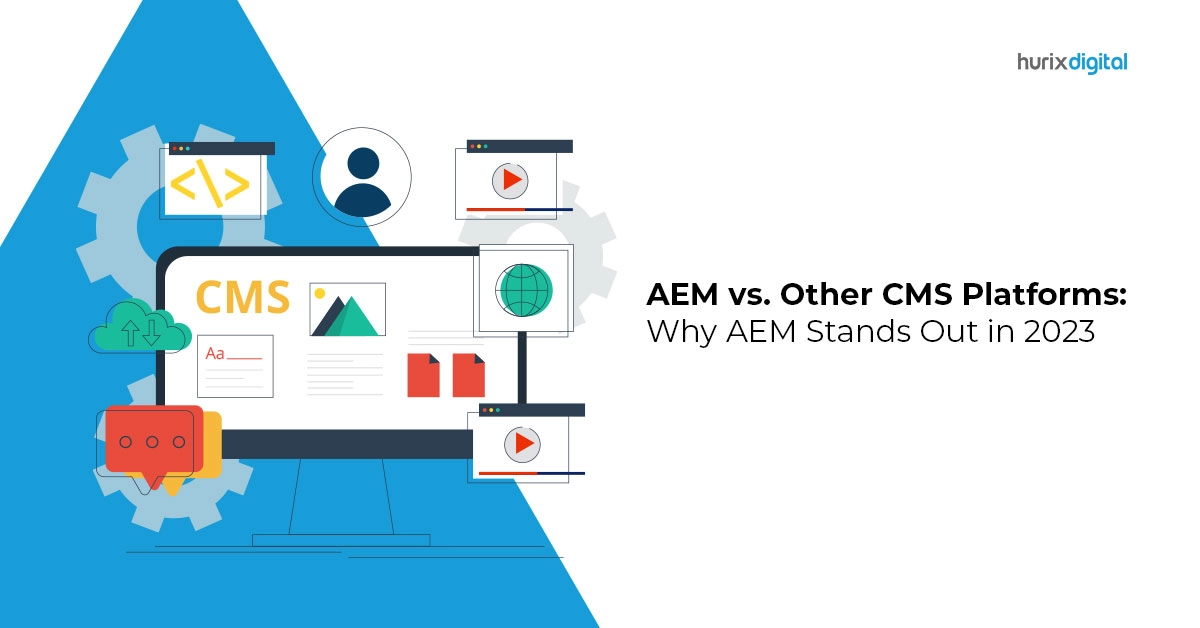Adobe Experience Manager (AEM) is a powerful CMS platform that offers several benefits over other CMS platforms.
Here are some of the key advantages of using AEM:
- Robust Digital Asset Management
- Personalization
- Multi-Channel Content Delivery
- Scalability
- Robust Analytics
- Ease of Use
- Security
1. Robust Digital Asset Management
Picture this – You’re a global retailer who wants to manage their product catalog across multiple regions and languages. You can create, edit, and publish product information in real-time, ensuring that customers are always seeing the most up-to-date information. AEM provides an intuitive interface for managing digital assets, making it easier to organize and manage large volumes of content such as images, videos, and audio files.
2. Personalization
It is a critical aspect of modern customer experience and AEM allows businesses to tailor content and experiences to individual users based on their behavior, preferences, and demographics. For instance, a financial services company can use AEM to personalize content for their customers based on their financial goals, preferences, and transaction history. By providing personalized content, the company can increase engagement and drive more conversions.
3. Multi Channel Content Delivery
AEM enables you to create content once and publish it across multiple channels, including web, mobile, social media, and email. This helps businesses to reach their target audience wherever they are, providing a consistent and cohesive digital experience across all channels. For instance, a hospitality company can use AEM to manage their digital presence across multiple channels, including their website, social media platforms, and mobile app, this providing an omnichannel experience
4. Scalability
AEM is a highly scalable platform that can handle large amounts of content and traffic, making it ideal for enterprise-level organizations. AEM integrates seamlessly with other Adobe products, such as Photoshop, Illustrator, and InDesign, allowing you to create and manage content more efficiently.
5. Robust Analytics
Analytics is a critical component of any successful digital marketing strategy, and AEM offers robust analytics capabilities. AEM allows businesses to track user behavior, measure engagement, and optimize content based on data-driven insights. This helps businesses to improve their digital marketing efforts and drive better results. For example, an e-commerce company can use AEM to track user behavior on their website, including page views, clicks, and purchases.
6. Ease of Use
AEM is designed to be easy to use, even for non-technical users. The platform offers a user-friendly interface, drag-and-drop functionality, and customizable templates, making it easy to create and manage content without the need for extensive technical knowledge.
Overall, Adobe Experience Manager is a comprehensive CMS platform that offers advanced features and capabilities, making it a great choice for businesses looking to create, manage, and deliver high-quality content across multiple channels.
7. Security
Security is a top priority for businesses when it comes to digital content management, and AEM provides advanced security features. AEM includes role-based access control, encryption, and secure data transmission, to ensure that digital assets are protected at all times. If your company deals with sensitive information, you can use AEM to manage your data and classified documents. AEM provides advanced security features to protect this information and ensure that it is only accessible to authorized users.
To sum up, AEM offers numerous benefits for businesses, including streamlined content management, advanced personalization, multichannel content management, robust analytics, ease of use, and advanced security features. However, implementing AEM can be a complex process that requires expertise and experience. This is where an implementation partner can help. AEM implementation partners are experts in deploying AEM for businesses of all sizes and industries.
They can help businesses design, deploy, and optimize AEM solutions to meet their specific needs, ensuring that they can leverage the full potential of AEM and achieve their digital content management goals. By partnering with an experienced implementation partner, businesses can maximize their return on investment and gain a competitive advantage in today’s digital landscape.











